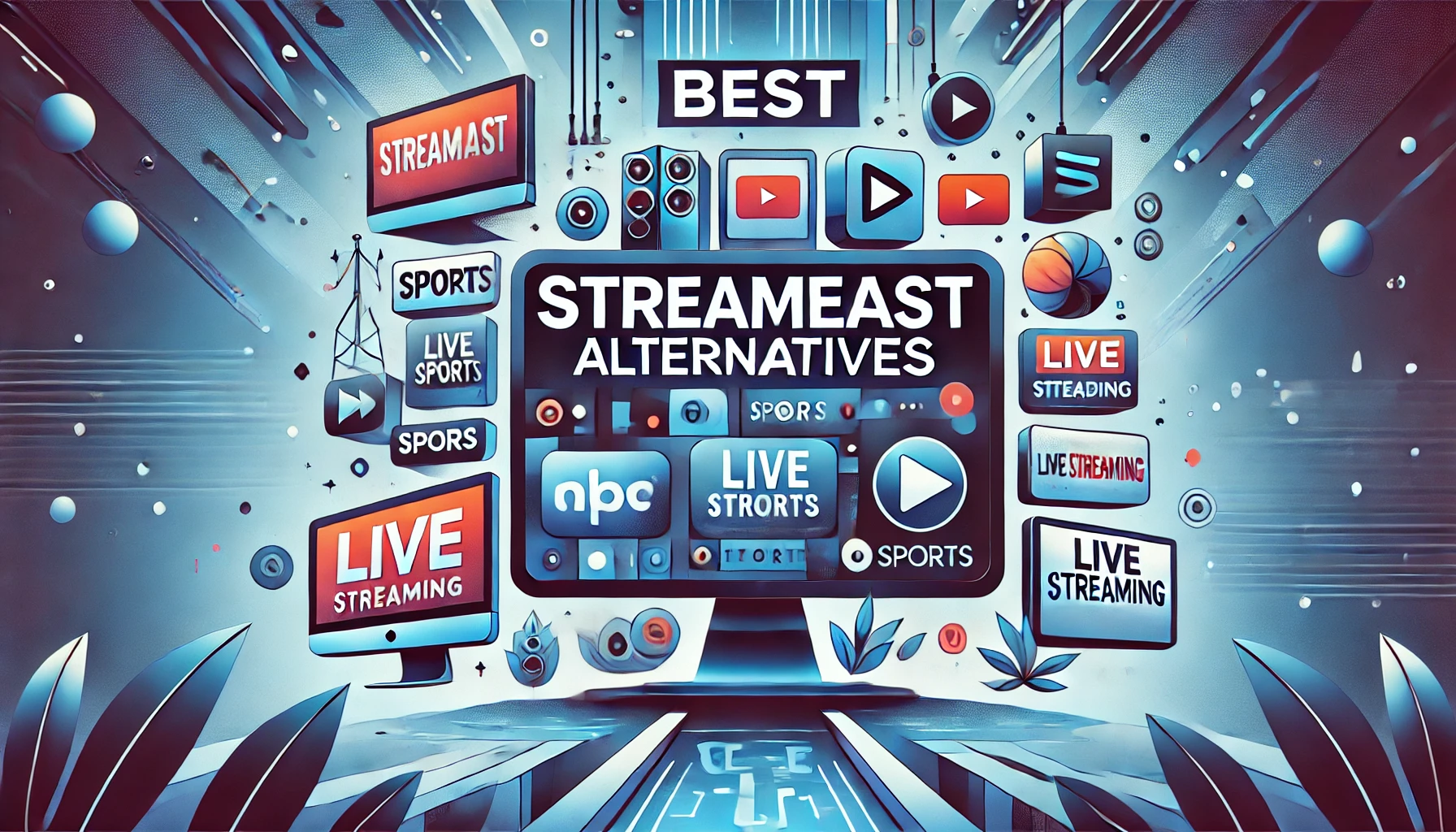
In today’s fast-paced digital world, navigating the vast expanse of the internet efficiently is more crucial than ever. Whether you’re browsing for information, shopping online, or engaging in social media, the ability to quickly and effectively find what you’re looking for can make a significant difference in productivity and user experience. Enter Instanavigation a concept and toolset designed to streamline your online browsing and help you become a more efficient internet user. This article will explore the concept of Instanavigation, its benefits, and how you can implement it to enhance your online experience.
What is Instanavigation?
Instanavigation is a term that combines “instant” with “navigation,” representing a seamless and rapid way to move through digital spaces. It isn’t just about speed but also about precision, relevance, and user-friendly experiences. Instanavigation can refer to various tools, strategies, and practices designed to improve how users interact with websites, apps, and other online platforms.
The Importance of Efficient Online Navigation
In a world where time is money, efficient online navigation is key to staying ahead. Whether you are a business owner, a student, or just someone who enjoys surfing the web, the ability to quickly find the information you need can save you hours of frustration and significantly improve your productivity. Here’s why efficient navigation matters:
- Time-Saving: With the vast amount of information available online, it’s easy to get lost in a sea of irrelevant data. Efficient navigation helps you cut through the noise and get to the content that matters most.
- Improved User Experience: Websites and apps designed with efficient navigation in mind provide a smoother user experience. This can lead to increased satisfaction and higher engagement rates.
- Better Decision Making: Quick access to relevant information allows for more informed decisions, whether you’re shopping, conducting research, or managing projects.
- Increased Productivity: By minimizing the time spent on finding information, you can focus more on tasks that require your attention, leading to greater overall productivity.
Tools and Techniques for Instanavigation
Implementing Instanavigation involves using a variety of tools and techniques that are designed to streamline your online experience. Here are some of the most effective methods:
1. Search Engine Shortcuts
Search engines like Google offer a variety of shortcuts that can help you find information more quickly. These include:
- Using Quotation Marks: To search for an exact phrase, enclose it in quotation marks. This tells the search engine to find results that contain the phrase exactly as you typed it.
- Minus Sign (-): If you want to exclude certain terms from your search, use the minus sign before the term you want to exclude.
- Site-Specific Searches: By typing “site:” followed by the website’s domain and your search term, you can restrict your search to a specific website.
- Using Asterisk (*): This can be used as a wildcard to replace any unknown or variable term.

2. Browser Extensions
There are numerous browser extensions designed to enhance your online navigation. Some popular ones include:
- Grammarly: This extension helps you write better by providing grammar and spell-checking as you type.
- LastPass: A password manager that remembers all your passwords and logs you in with a single click, making navigation faster and more secure.
- Honey: Automatically applies the best coupon codes at checkout, saving you time and money while shopping online.
- Tab Wrangler: Automatically closes inactive tabs after a set period, keeping your browser clean and easy to navigate.
3. Website Navigation Techniques
Efficient website design plays a crucial role in instanavigation. Websites should be designed with user experience in mind, offering intuitive and easy-to-use navigation features:
- Breadcrumbs: A navigation aid that shows the path taken by the user to reach the current page. This helps users backtrack without losing their place.
- Drop-Down Menus: These menus provide a clean and organized way to navigate through different sections of a website without overwhelming the user.
- Search Bars: Placing a search bar in an easily accessible location on the website allows users to quickly find what they’re looking for without sifting through menus.
4. Mobile Navigation
With the increasing use of mobile devices for browsing, ensuring efficient mobile navigation is essential. Key practices include:
- Thumb-Friendly Design: Ensure that buttons and links are large enough to be easily tapped with a thumb, and are placed within easy reach.
- Simplified Layouts: Mobile screens are smaller, so simplify your design to ensure users can easily find what they need without excessive scrolling or zooming.
- Fast Loading Times: Mobile users often have less patience for slow-loading pages, so optimizing your website’s loading speed is crucial.
Benefits of Instanavigation for Businesses
Businesses, in particular, can reap significant benefits from implementing Instanavigation strategies:
- Increased Conversions: A website that is easy to navigate can lead to higher conversion rates. Customers are more likely to make a purchase or sign up for a service if they can easily find what they’re looking for.
- Better SEO Performance: Search engines prioritize websites that offer a good user experience. Efficient navigation can lead to better search engine rankings, driving more organic traffic to your site.
- Customer Retention: A positive browsing experience increases the likelihood of repeat visits. Customers are more likely to return to a site that they found easy and enjoyable to use.
- Reduced Bounce Rates: If visitors can’t find what they need quickly, they’re likely to leave your site (bounce). Effective navigation reduces bounce rates by keeping users engaged.
Future of Instanavigation
The future of Instanavigation is likely to be shaped by advances in AI and machine learning. As these technologies become more sophisticated, we can expect more personalized navigation experiences that adapt to individual user preferences and behaviors. Some potential developments include:
- Voice Navigation: As voice assistants like Siri, Alexa, and Google Assistant become more prevalent, voice-controlled navigation will become a key aspect of the user experience.
- Predictive Navigation: AI could analyze your browsing habits and suggest the most relevant content or next steps, streamlining the process even further.
- Augmented Reality (AR) Navigation: With the rise of AR, we may see more immersive navigation experiences, particularly in e-commerce and gaming.
Conclusion
Instanavigation represents the next step in the evolution of online browsing, combining speed, efficiency, and user-centric design to create a more satisfying and productive online experience. Whether you’re a casual internet user or a business looking to improve your digital presence, embracing the principles of Instanavigation can lead to significant benefits. By utilizing the tools and techniques discussed in this article, you can ensure that your online navigation is as smooth and efficient as possible, saving you time and enhancing your overall digital experience.






